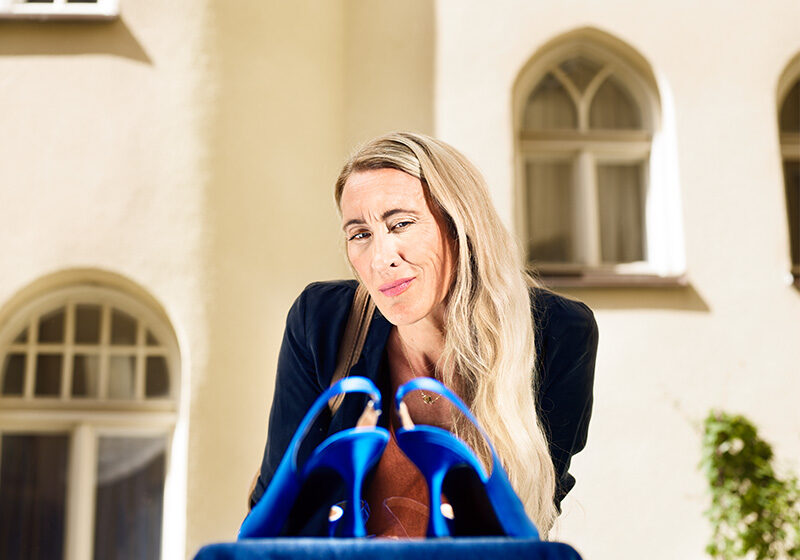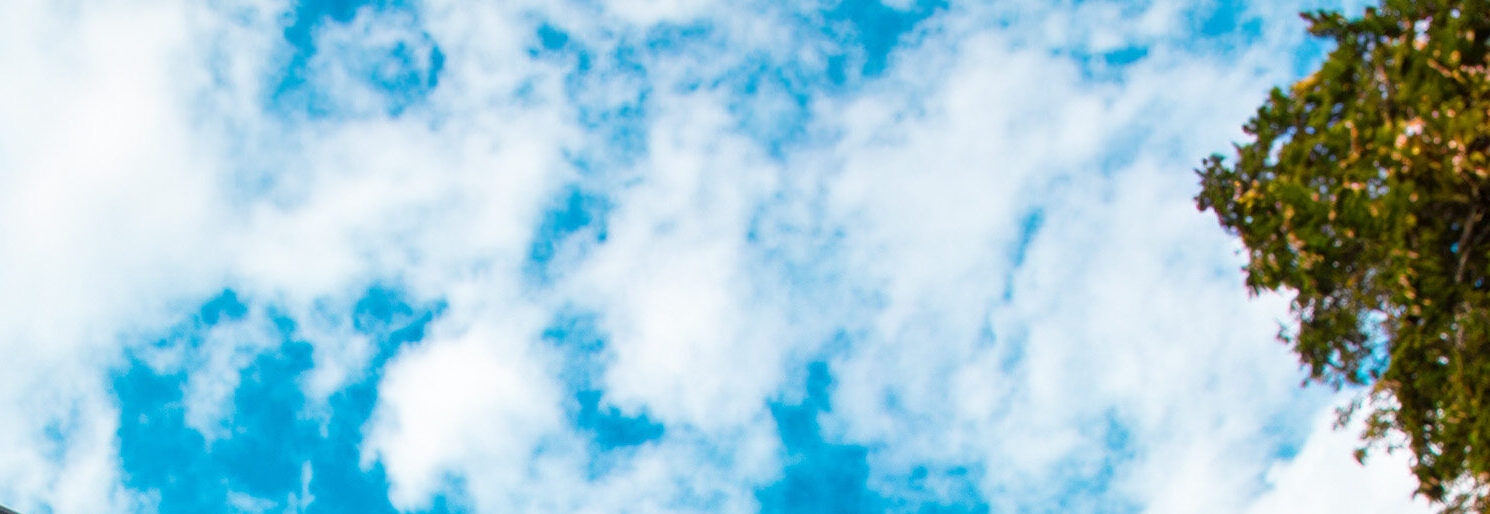Welcome to our global website
Or choose another language
Article
Calluses are thickened and hardened areas of skin that develop as a response to moderate repeated friction and pressure to the skin. They form as a body’s protective reaction to protect the underlying skin.
Calluses are areas of thickened skin that normally occur on the heels or soles of the feet where there’s frequent rubbing pressure over an extended period of time. A callus on foot is usually painless, but severe heel calluses can crack and result in heel cracks which can be painful. If the friction and rubbing is too extensive for the skin to develop a protective callus, a blister will form.
Calluses are larger in size, can have dry skin around them and do not have as well-defined edges as corns. Corns are also thickened and hardened areas of skin but have a different shape and can be painful. The thick callused skin is often less sensitive to touch than the surrounding skin.
Calluses are treated by rehydration, conditioning, and healing of the skin. Below, you can learn more about how to get rid of calluses on feet:
To relieve pressure on the thick, rough area of skin you can use protective coverings like heel pads, insoles, and other protectors. For example, you can use Salvequick’s Plantar Protector for pressure and forefoot pain relief and to prevent calluses from forming.
If you experience that hard skin on feet keeps coming back, you need to minimize rubbing and pressure to the skin. For example, many get a recurring callus on big toe (hard skin on big toe or hard skin on side of big toe), or a callus on the balls of the feet or heels.
The most prominent cause of calluses is bad fitting shoes which is a source of pressure and friction. Therefore, it is essential to wear shoes that are neither too tight, loose, or high-heeled or have hard soles or badly placed seams. The shoes should not pinch, rub, or put the feet under excessive pressure. Avoid tight shoes and heels. Heels can put a lot of pressure on the balls of the feet which can cause a plantar callus. You should have plenty of room for your toes and be able to wiggle them, but if you wear too loose shoes the foot may repeatedly slide and rub against the shoe. In addition, you should avoid hard-soled shoes without cushioning. If the seams of the shoes are badly placed your foot may rub against them and it might cause irritation.
When walking barefoot you expose the feet to pressure and friction from the ground which can cause a foot callus.
If you wear shoes or sandals without socks it can cause friction on your feet. Use socks that fit properly and are comfortable.





